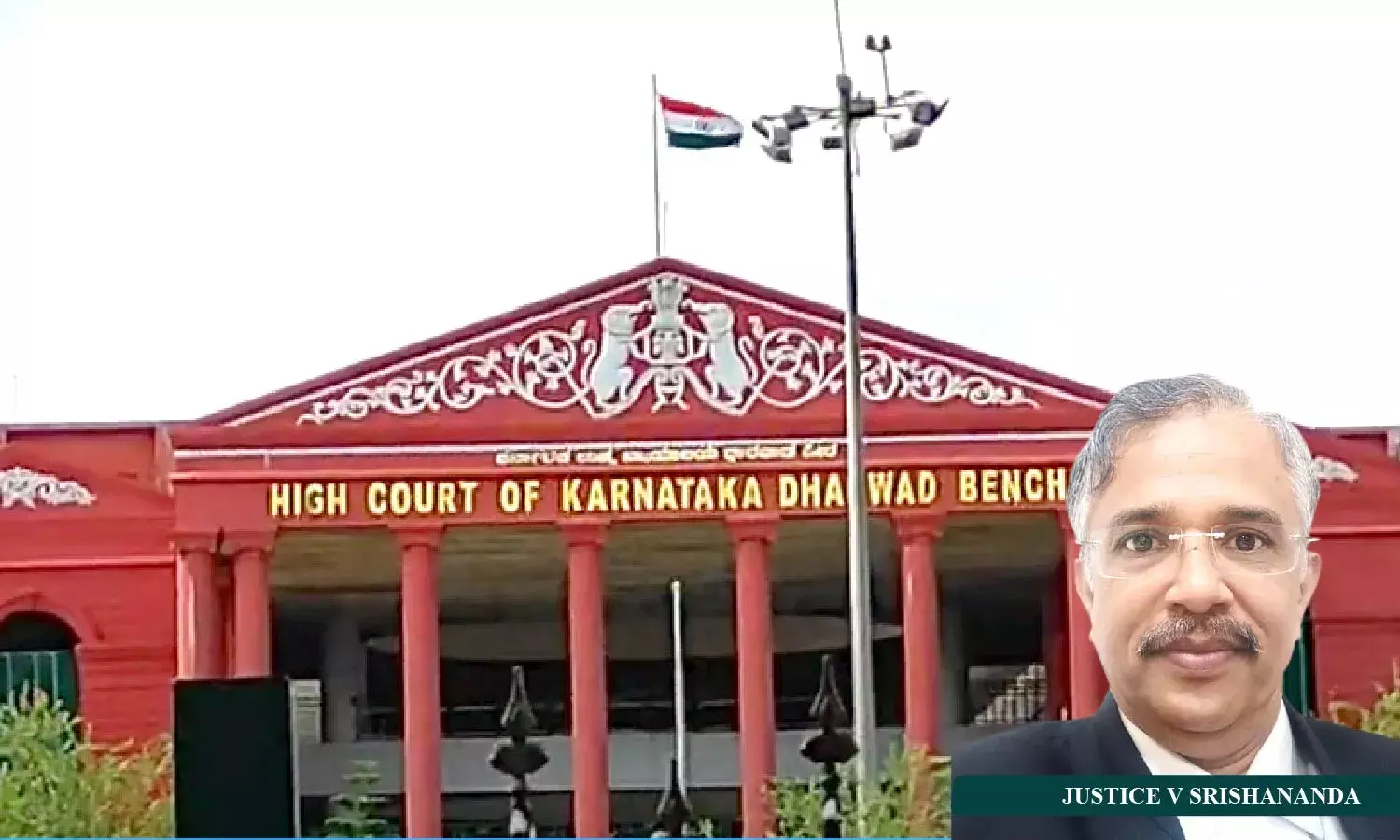Police Records Sufficient For Concluding That Claimant Proved His Case That He Suffered Injuries In Road Traffic Accident: Karnataka HC
The Karnataka High Court observed that the formal proof in form of police records is sufficient to conclude that the claimant proved his case that he suffered injuries in road traffic accident.
The Court said that expecting an eyewitness to be present in each and every case is far from reality.
An Insurance Company had filed an appeals before the Dharwad Bench against the judgment of the Additional Senior Civil Judge and Additional MACT (Motor Accident Claims Tribunal).
A Single Bench of Justice V. Srishananda held, “Unless some material is available on record which would compel the Court to come to a conclusion that there is an active collusion between the injured persons, driver and owner of the vehicle only to lay a false claim of compensation from the Insurance Company by falsely implicating the vehicle, formal proof in the form of police records would be sufficient enough for the Tribunal to come to a conclusion that the claimant has proved his case that he suffered injuries in the road traffic accident.”
The Bench said that in a matter of this nature where an accident takes place in a lonely place, it is highly difficult for the investigation agency to investigate the matter, especially by examining the eye witness.
Advocate S.K. Kayakamath appeared on behalf of the appellant while Advocate G.R. Turumari appeared on behalf of the respondents.
Facts of the Case -
The claimants being injured persons in a road traffic accident that occurred in 2013, laid claims for awarding suitable compensation. The claims petitions on contest were allowed in a sum of Rs. 77,350/- and Rs. 1,19,050/- respectively in respect of the claims sought. The insurance company challenged the validity of such judgment on the ground that the vehicle was falsely implicated in the alleged road traffic accident and hence, sought for admitting the appeals and set aside the impugned order.
The Tribunal taking note of the material evidence on record, agreed with the case of claimants and allowed their claim petitions. It noted that the police records sufficiently indicated involvement of the said vehicle and that its driver was charge-sheeted for the offence punishable under Sections 279, 337, and 338 of the IPC (Indian Penal Code). The only ground on which the insurance company was horping upon to advance its case was that there was no eyewitness to the incident.
The High Court after hearing the contentions of the counsel noted, “If the accident takes place in a busy area or in a urban area it is easy to secure eyewitness to the incident. But when the accident has occurred in the rural area or a road which was not that busy then procuring an eyewitness is a difficult task for more than one reason.”
The Court further noted that who have witnessed the accident might not be interested in setting of the criminal law in motion and that even if some persons came to rescue the injured, they would have refrained to intimate the police based on their past experience with the investigation agency or general impression they carry about the police.
“Suffice to say, that the driver is the one person who could have thrown some light about the incident apart from the injured persons who are also eyewitnesses to the incident. … the Tribunal has taken into consideration the police records and in the absence of any compelling reasons which would atleast indicate active collusion between the claimants and the owner of the TATA ACE vehicle or the driver, has allowed the claim petitions”, it concluded.
Accordingly, the High Court dismissed the appeals and ordered the amount in deposit to be transmitted to the Tribunal for disbursement in accordance with law.
Cause Title- The Divisional Manager, Shriram General Insurance Company Limited, Hubballi v. Yunus @ Yunusahamad @ Mohammadyunus & Anr. (Neutral Citation: 2024:KHC-D:2482)




